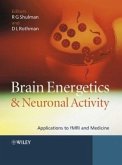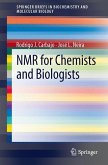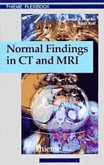This classic textbook is a must for all students and lecturers in chemistry, biochemistry, pharmacy, and life sciences, as well as for spectroscopists. Using a minimum of mathematics, it provides the basis for understanding NMR and the interpretation of the spectra.
This is the fifth edition of the highly successful, classic textbook for bachelor and master courses, with over 20 % new material and the contents completely revised and updated.
Using a minimum of mathematics, it explains the underlying theory of this most important spectroscopic technique in a thorough, yet readily understandable way, covering instrumentation and interpretation of the spectra. It presents all students need to know about 1D, 2D-NMR, solid state and dynamic NMR spectroscopy, as well as NMR imaging, all illustrated by examples for maximum clarity. All the sections include sub-chapters that focus on applications taken from organic, macromolecular, polymer and biochemistry.
A must for students and lecturers in chemistry, biochemistry, pharmacy, and life sciences, as well as for spectroscopists.
This is the fifth edition of the highly successful, classic textbook for bachelor and master courses, with over 20 % new material and the contents completely revised and updated.
Using a minimum of mathematics, it explains the underlying theory of this most important spectroscopic technique in a thorough, yet readily understandable way, covering instrumentation and interpretation of the spectra. It presents all students need to know about 1D, 2D-NMR, solid state and dynamic NMR spectroscopy, as well as NMR imaging, all illustrated by examples for maximum clarity. All the sections include sub-chapters that focus on applications taken from organic, macromolecular, polymer and biochemistry.
A must for students and lecturers in chemistry, biochemistry, pharmacy, and life sciences, as well as for spectroscopists.
From reviews of previous editions: "This book is a pleasure to read and if it does not arouse the student's interest, then it is difficult to see what could. It is clearly written and illustrated ... good value and essential reading for anyone wanting to know more about NMR." Chemistry in Britain "Another paperback that I would advise students to buy ... [it] can be recommended for general purchase by all chemists." New Scientist "This book deserves much praise. If only all authors took as much trouble to produce a work of such clarity and relevance... The book forms an excellent bridge between the very simple texts on spectral interpretation and more specialist works with an emphasis on mathematical theory... This book is highly educational and will be of benefit to those who have to teach NMR and to students and scientists in academic and industrial laboratories... this work is right up to date with an inclusion of most widely used modern NMR methods with a style and content that is superb." NMR in Biomedicine








